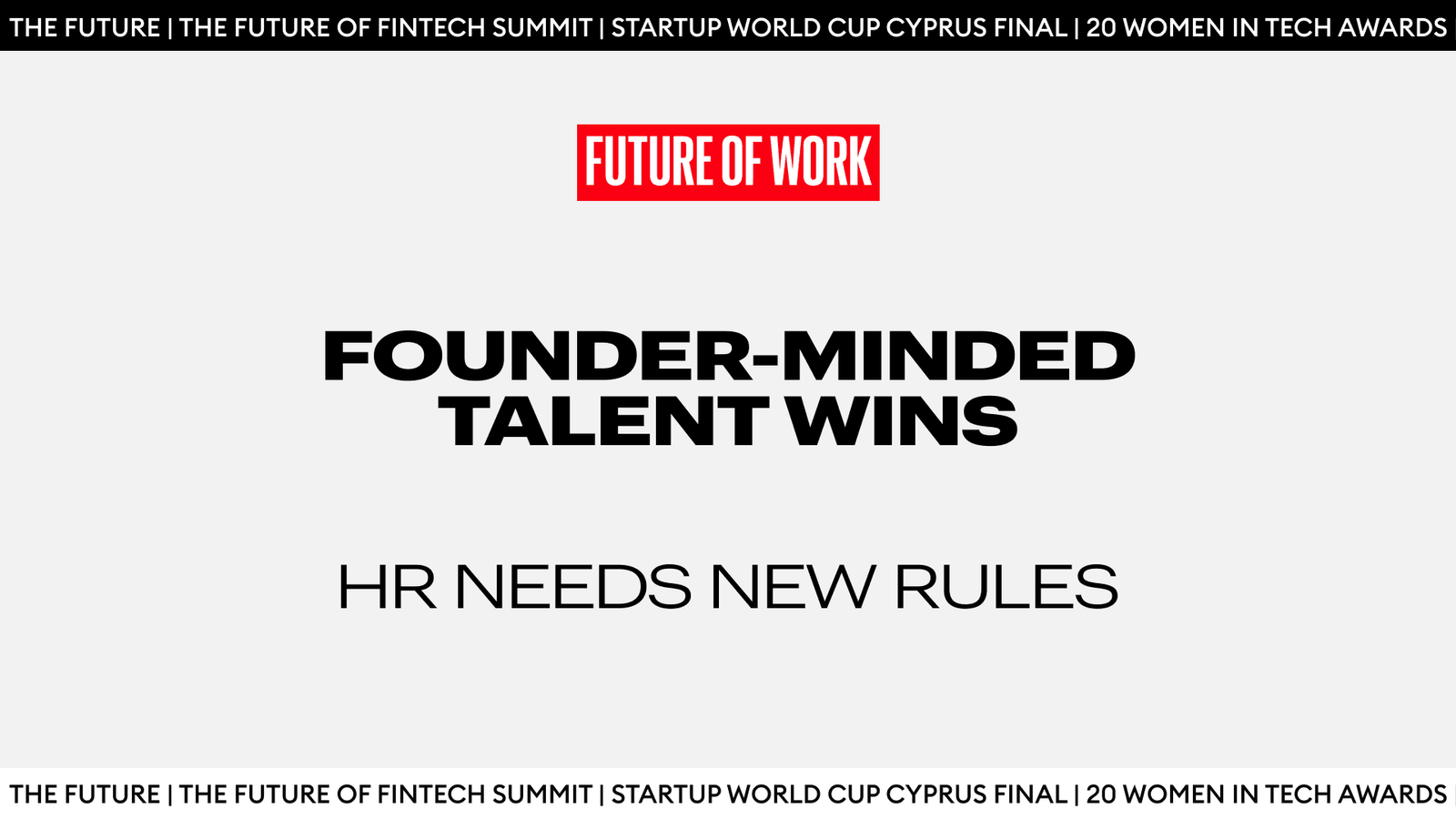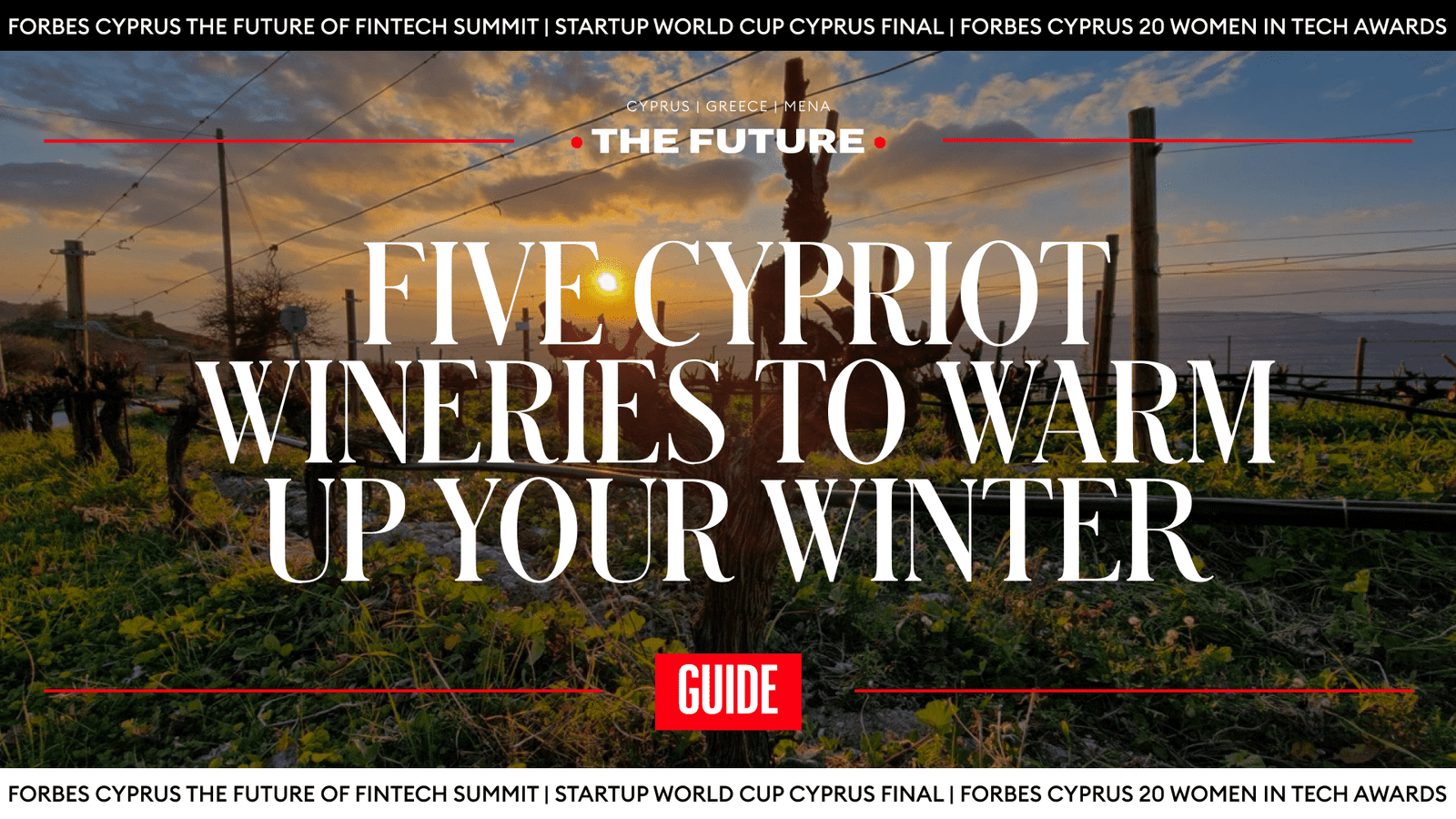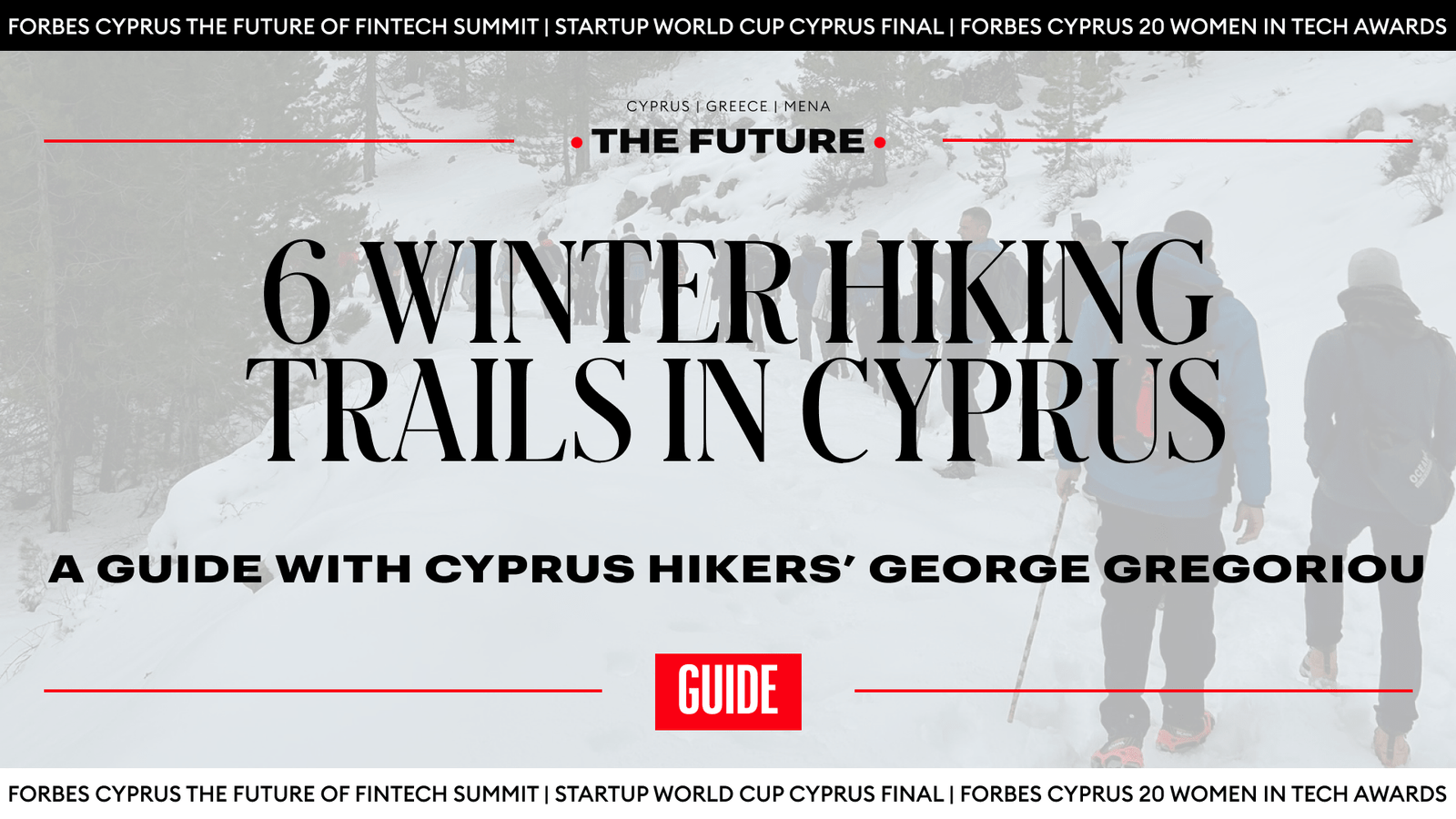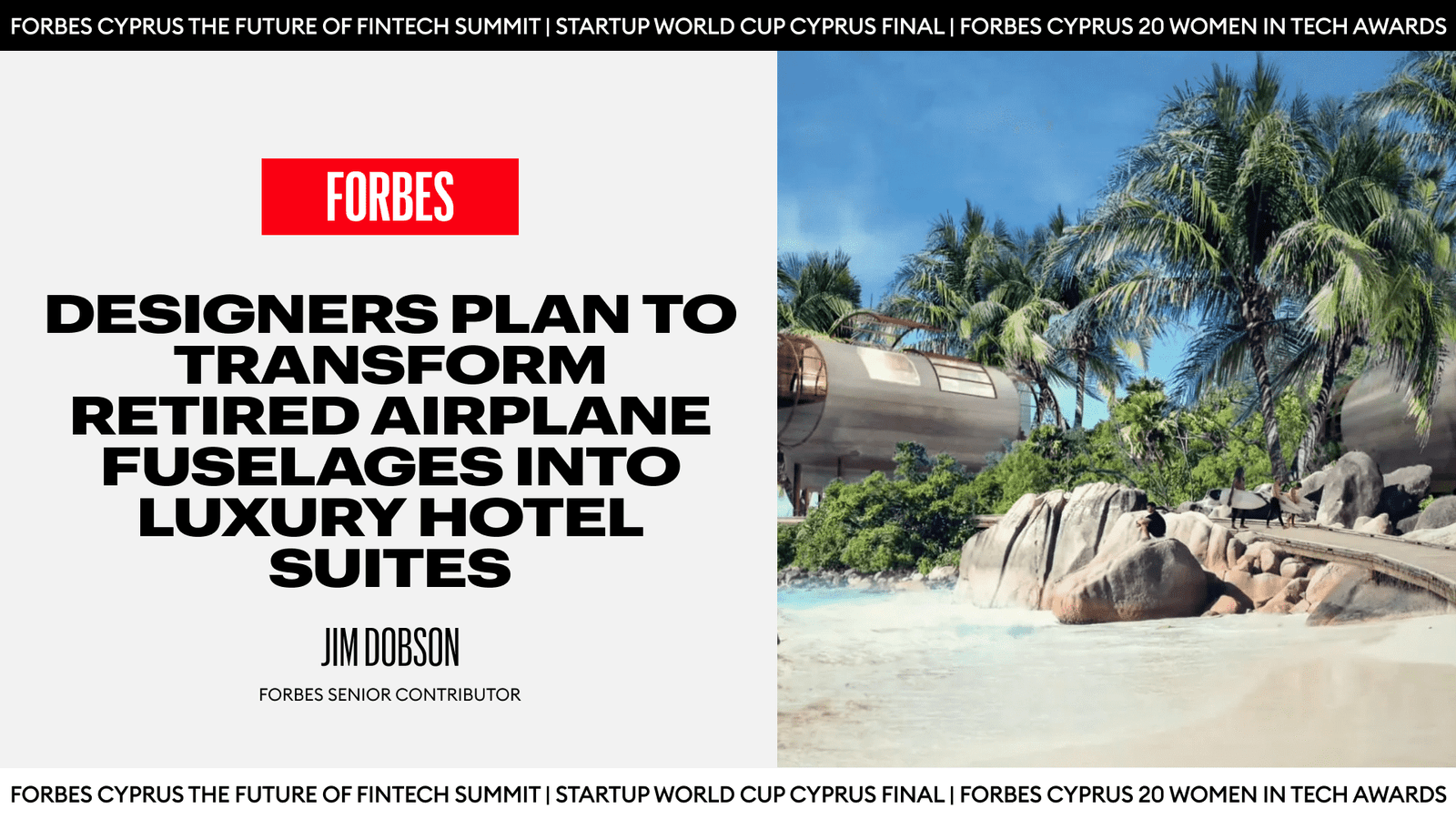Traditional career paths make for neat CVs. Winning teams need more than a cute bow. Felix Haas, who leads Growth Design at Europe’s AI unicorn Lovable, argues in “Winning Teams Hire Founders” that hires who own outcomes outperform narrow role holders. They act like the company is theirs, move with urgency, and stay close to the customer. That is hard to see in a CV summary.
Here is what a founder mindset looks like. More importantly, here is how to hire for it in 2025.
Follow THE FUTURE on LinkedIn, Facebook, Instagram, X and Telegram
Defining the founder mindset
Felix Haas writes in “Winning Teams Hire Founders”: “The best companies aren’t run by people doing jobs. They’re run by people acting like the company is theirs. High urgency. Deep customer obsession. A willingness to push far beyond any job description.” He argues this is a mindset, not a title.
Traditional hiring rewards “linear-path” careers. The candidate moves from one company to the next with the same title, the same operating tasks, and the same KPIs they learned in a university program. One lane only. Marketing coordinator to marketing coordinator, sales operations analyst at A to the same role at B. Finance associate repeating the same month-end closes. Linear careers are attractive to large firms. The work is legible, auditable, and, ultimately, can be replaced with another linear-path hire given the same checklist.
However, when a problem sits between functions, standardized checklists do not resolve it. There is no single owner, the steps are not defined, and the dependencies cut across product, sales, and finance. Founder-minded people tend to do well here because they have learned to create movement without waiting for every input to be perfect.
Non-linear careers often build these habits. Role changes, side projects, and even failed attempts force people to learn across functions and work without a prescribed manual. That range builds judgment that is visionary while still dedicated to the priorities of the company, as well as the confidence to take initiatives. The roads not taken. To start and adjust.
In Haas’s words, hiring founders works because it “erases the line between thinking and doing.” People with this background can move from idea to a concrete step, test it with customers, and update the plan. They are not bound to a single textbook approach or one department’s checklist. Which is why a neat, homogeneous CV can hide the talent you actually need.
How to hire for a founder mindset in 2025
Job illumination
Write the role around outcomes and skills, not titles — past, present, or the one on this posting. Use the job title only for routing. Avoid using titles as a screening filter. State three to five first-90-day outcomes and the skills tied to each. Say which teams the role partners with and how decisions are made. Make the CV upload optional and tell candidates you will review work evidence first.
Application
Add a structured work sample so you can read thinking, not just output. Ask for an evidence pack with two samples from real work, plus a reasoning memo for each. The samples do not need to match a job title. They should map to your first-90-day outcomes. In each sample, ask the candidate to state the customer problem, the first step and why, who they involved and when, one to two risks they took and reduced, what the final deliverable was and when it went live, and what changed after. Score with a short rubric on four items: initiative, ownership, risk judgment, and transfer to your outcomes. Read the memo first, then the artefact. This turns samples into behavioral evidence and reduces bias toward polished portfolios.
Sourcing
Get a feel for the communities where work actually lives. For technical talent, review commit history and pull requests on GitHub or GitLab, plus issue comments that show collaboration. For design, read case studies on Behance or Dribbble and open Figma community files for process notes. For data, check Kaggle notebooks and write-ups that explain decisions. For product and growth, scan Product Hunt pages, app store release notes, and personal sites that document shipped changes. For content and comms, read LinkedIn articles, Substack or Medium posts, and recordings of talks on YouTube or conference sites. The goal is recency, context, and evidence of outcomes, not follower counts. When work is not public, accept anonymised screenshots or a short Loom that shows the artefact and the candidate’s reasoning. This keeps non-linear careers and creatives in scope while giving the hiring team a true sense of how the person operates in their community.
Outbound
Treat outbound like business development. Start with a brief that lists the role’s first-90-day outcomes, potential partner teams, and decision rights. Ask two to three founder-minded employees to nominate three people each whom they would work with again on production-ready work. Write to those people asking about one real problem the team is working on and invite them to a twenty-minute call. Keep the message specific and to the point. If the interest in collaborating is mutual, offer a paid task that reflects the role’s outcomes. Set a narrow scope, one internal partner with whom they will be in direct contact, and a clear end goal so both sides can judge fit. When candidates live outside your location, use an employer-of-record to handle compliance, payroll, and benefits, so location does not create an obstacle to hiring. Each month, close the loop with the referrers. Tell them which introductions led to interviews, offers, and hires.
AI in first rounds
Use AI to widen search and standardize early screens, with recruiters owning process design and the final call. Large teams are now slowly adopting AI for sourcing and structured early screens, while human recruiters keep control of the process design and the final call. In a recent study by the University of Chicago Booth School of Business and Erasmus University Rotterdam, researchers Brian Jabarian and Luca Henkel randomly assigned about 70,000 applicants to human recruiters, AI voice interviewers, or a choice of the two. AI-led first interviews produced 12 per cent more job offers, 18 per cent more job starts, and 17 per cent higher 30-day retention. When given a choice, 78 per cent of applicants chose the AI interviewer. Human recruiters still made the hiring decisions.
Platforms that help teams hire beyond the CV
Oyster
Oyster is a global employment platform. It lets companies hire and employ people in more than 180 countries without opening local entities. The platform covers employment compliance, payroll, and benefits, and integrates with HR workflows to enable distributed hires to start quickly. In an interview with The Future Media, Tony Jamous, CEO of Oyster, said: “So, that’s what led me to start Oyster as a mission-driven company to reduce wealth inequality by democratizing access to global job opportunities.” That mission aligns with founder-minded recruiting; this removes a major constraint: location. Teams can pursue non-linear talent where it already lives and keep employment compliant from day one.
Atalef
Atalef is a tech recruiting platform that runs sourcing, skills assessments, and screening in one flow. Its DeepMatch system ranks candidates on hard skills and context, then validates them with role-specific coding tasks that mirror the job. As Alex Rashkovan, Chairman of Atalef, puts it, DeepMatch can tell the difference between someone who “played with React once” and someone who “built production apps in React,” and it integrates with common applicant-tracking systems. The platform also creates structured, CV-less profiles from uploaded CVs so hiring teams review skills first, not titles.
Mellow
Mellow focuses on contingent hiring at a global scale. It offers AI-assisted sourcing, contractor management, and a Contractor-of-Record service so companies can engage contractors in 100+ countries with proper compliance and payments. This is useful when the next right step is a paid project, not an immediate full-time offer. Teams can test founder-level behavior on production-ready work, then convert to employment when the fit is clear.
Together, these tools remove the limits of location, title-based screening, and slow onboarding, so HR can find founder-minded talent faster and engage them in the right form in 2025.
Concluding thoughts
Felix Haas argues that the best teams hire people who act like the company is theirs. Treat that as a hiring standard. Write roles that focus not only on outcomes but the mindset behind the process. Look for evidence of skills rather than titles. Search in the places where real work lives. Bring in tools that remove location limits and title bias. Do this and you will see founder-level behavior before you sign an offer.














